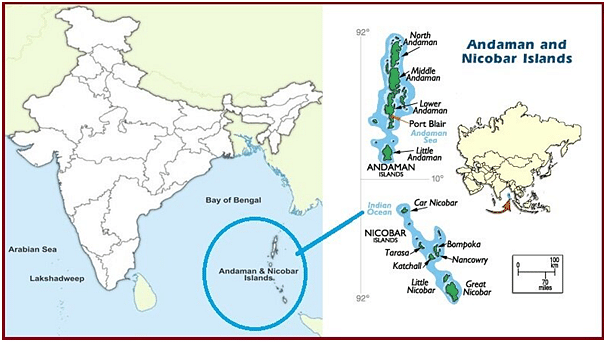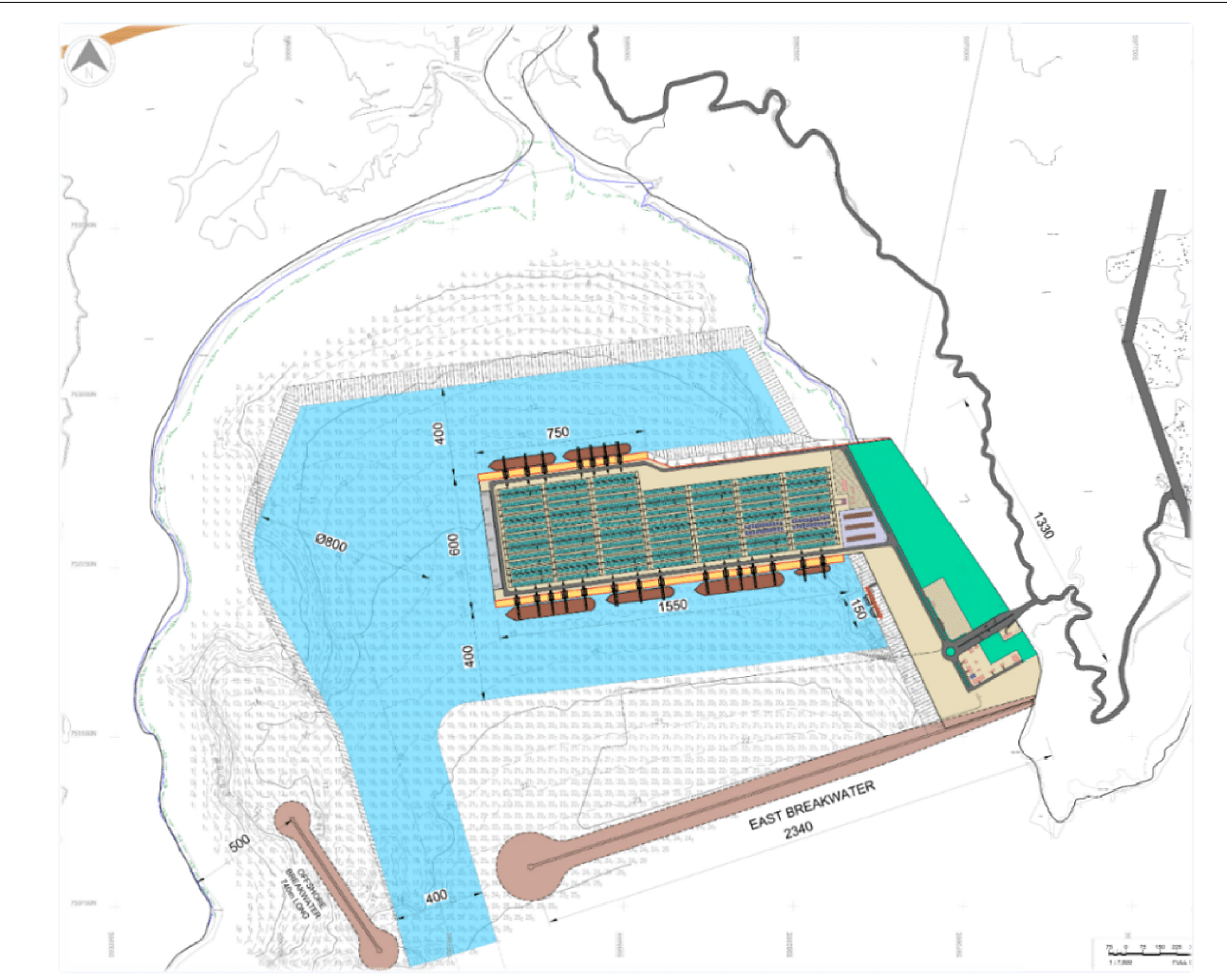Several international players have expressed their interest to participate in the bidding process for the proposed Rs 48,000 crore international container transshipment port (ICTP) project in Andaman and Nicobar Islands.
This is in addition to “at least” 10 expressions of interest (EoIs) submitted for the mega port project in the Bay of Bengal.
“We have received over 10 EoIs for the Gibraltar Bay port, and a few more players and leading shipping liners, including international ones have reached out to us saying that they are interested in bidding for the project. So let’s see how this works out. As of now, the initial trends or interest levels are encouraging,” Sarbananda Sonowal, the Union Minister of Ports, Shipping and Waterways (MoPSW), told businessline.
In January 2023, the Ports Ministry had invited EoI from interested parties to develop the first phase of ICTP project.
Notable names that have submitted EoIs for the project include Adani Ports and Special Economic Zone (APSEZ), JSW Infra, Rail Vikas Nigam Ltd (RVNL), and Container Corporation. On the international front, Dutch dredging major Royal Boskalis Westminster has expressed its intent to be included in the bidding process.
An EOI is not a formal order tender. It is used to determine the terms of engagement, and actual orders are awarded at a later stage.
Phase-Wise Development
The Great Nicobar Port will come up at Galathea Bay in Great Nicobar Island of the Union Territory of Andaman and Nicobar Islands.

The port facilities are proposed to be developed in four phases between 2028 and 2058 and would handle 16 million containers per year, in the ultimate stage of development.

The first phase, upon completion in 2028, will handle 4 million containers per year. The estimated cost for the first phase of the port is Rs 18,000 crore. Currently, clearances are being worked on for the first phase of the port project.
Landlord Mode
The government is looking to undertake development of the port project in landlord model.
In this model, the publicly governed port authority acts as a regulatory body and as a landlord, while private companies carry out port operation — mainly cargo-handling activities.
Here, the port authority maintains ownership of the port, while the infrastructure is leased to private firms that provide and maintain their own superstructures and install their own equipment to handle cargo. In return, the landlord port gets a share of the revenue from the private entity.
According to the EoI, the port authority will provide the basic infrastructure and 125 hectares of reclaimed land for development of the container yard and other infrastructure facilities.
On the other hand, the chosen concessionaire will design, finance, construct, operate and maintain the container handling facilities envisaged in Phase-I under a long-term concession agreement of 30-50 years.
The concessionaire shall have the flexibility to develop storage area and handling equipment based on their market assessment subject to the minimum guaranteed traffic. It will be responsible for the provision of port services and shall have the rights to levy, collect and retain charges from port users.


